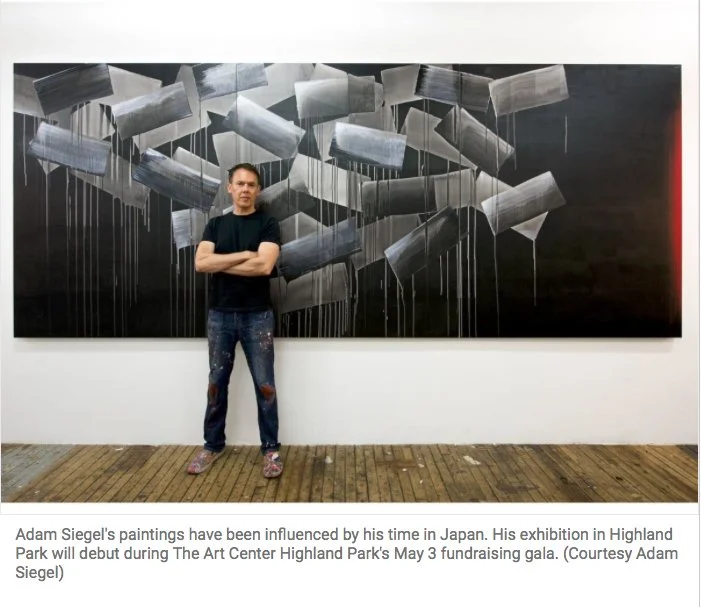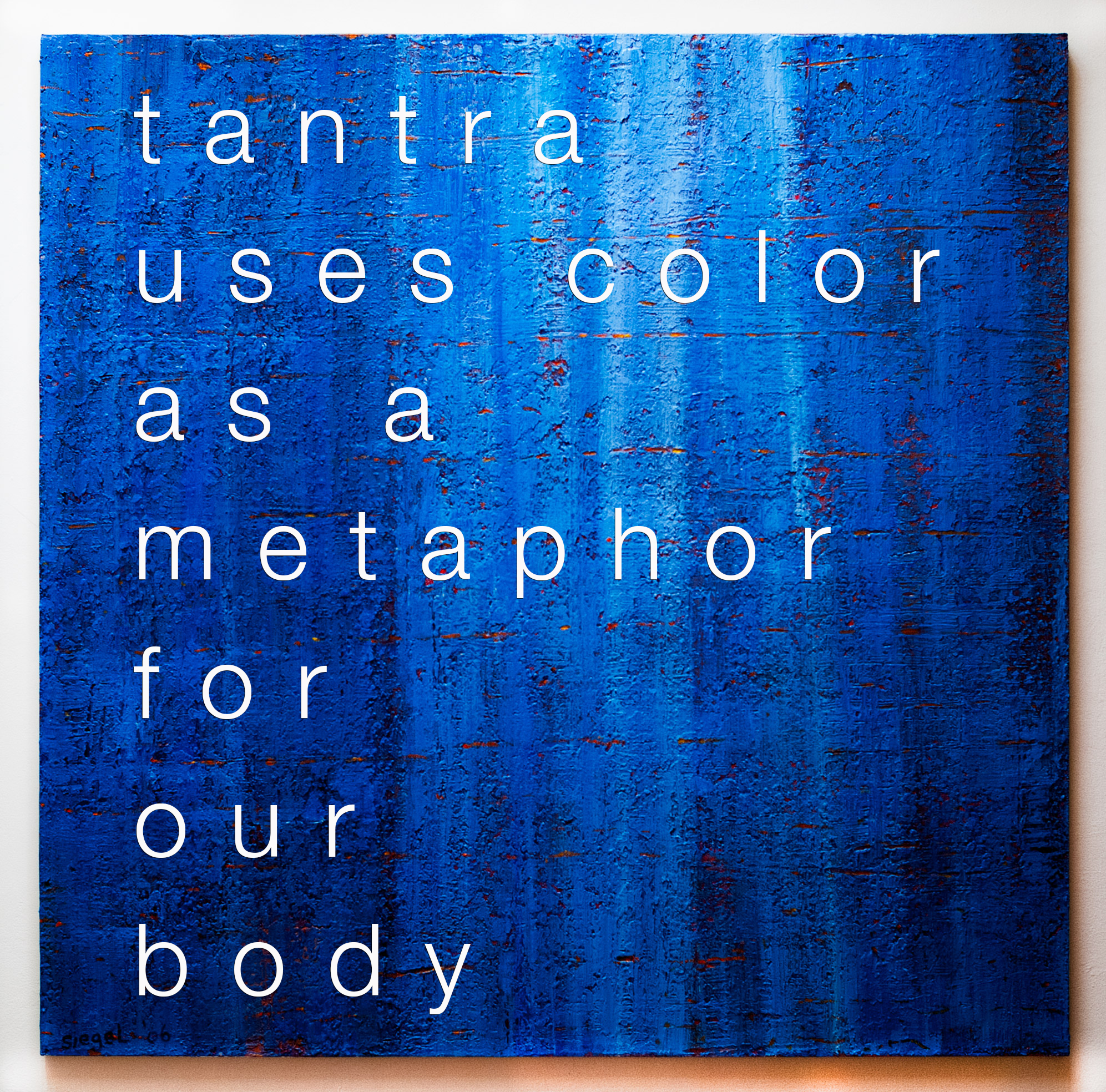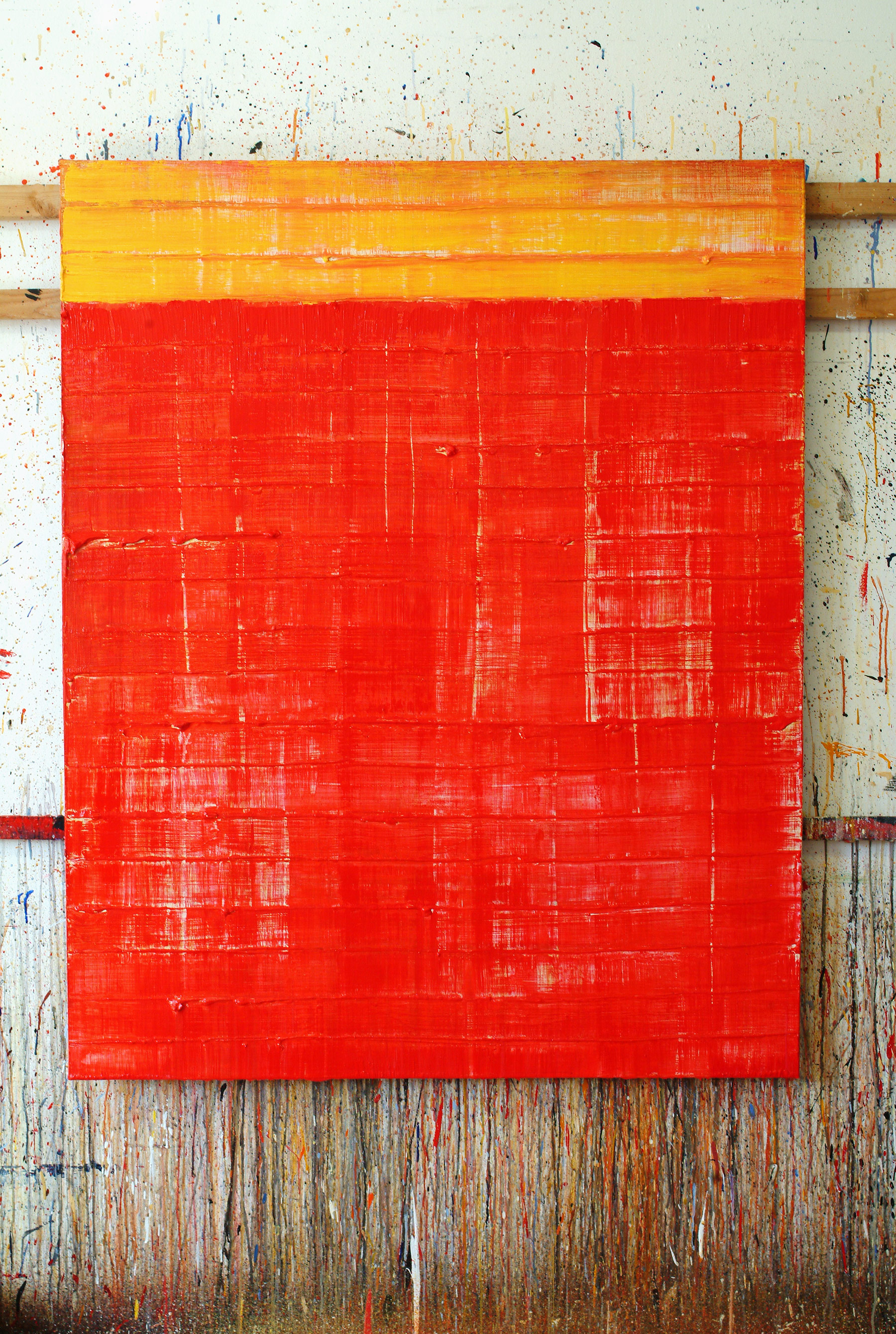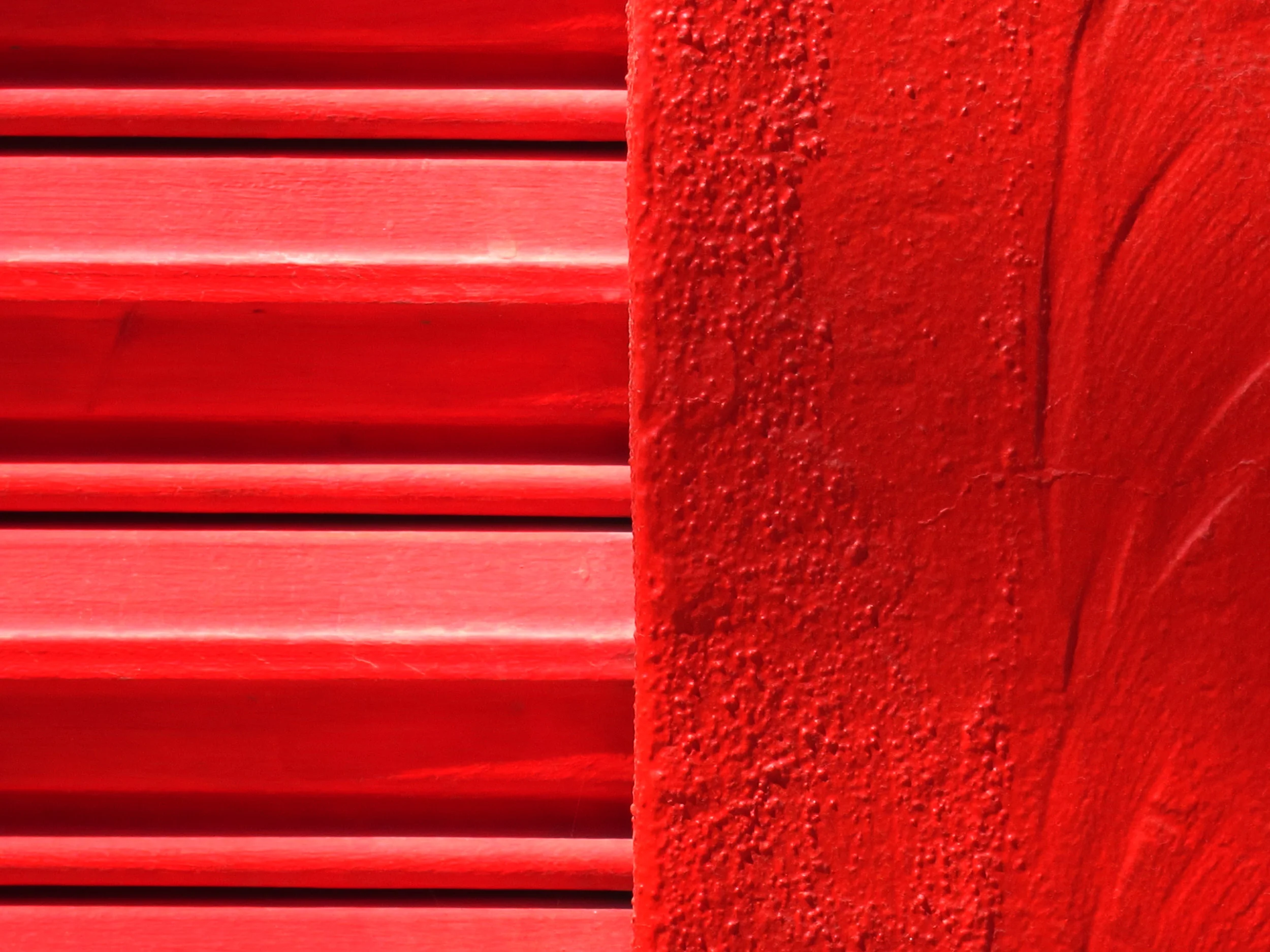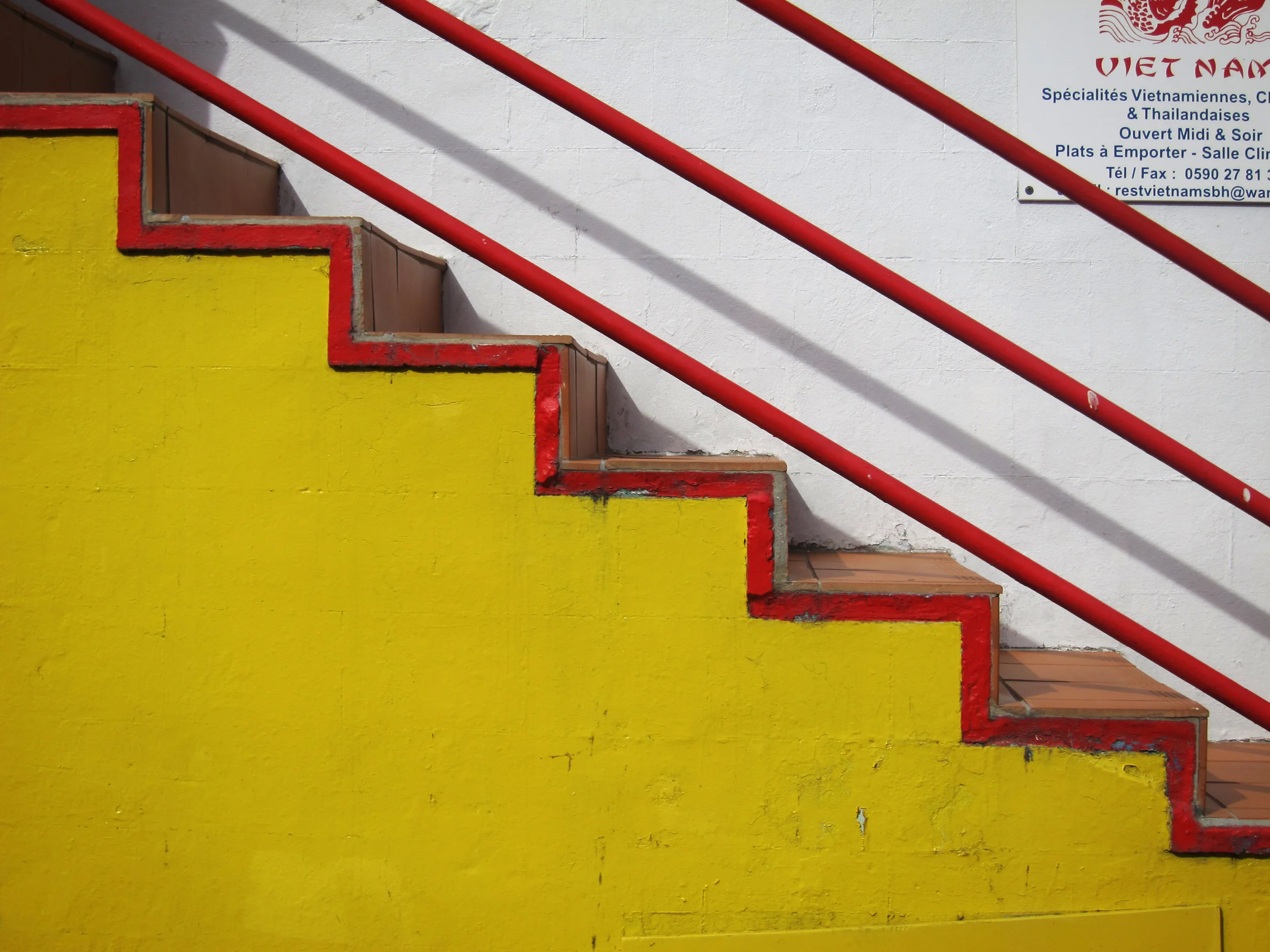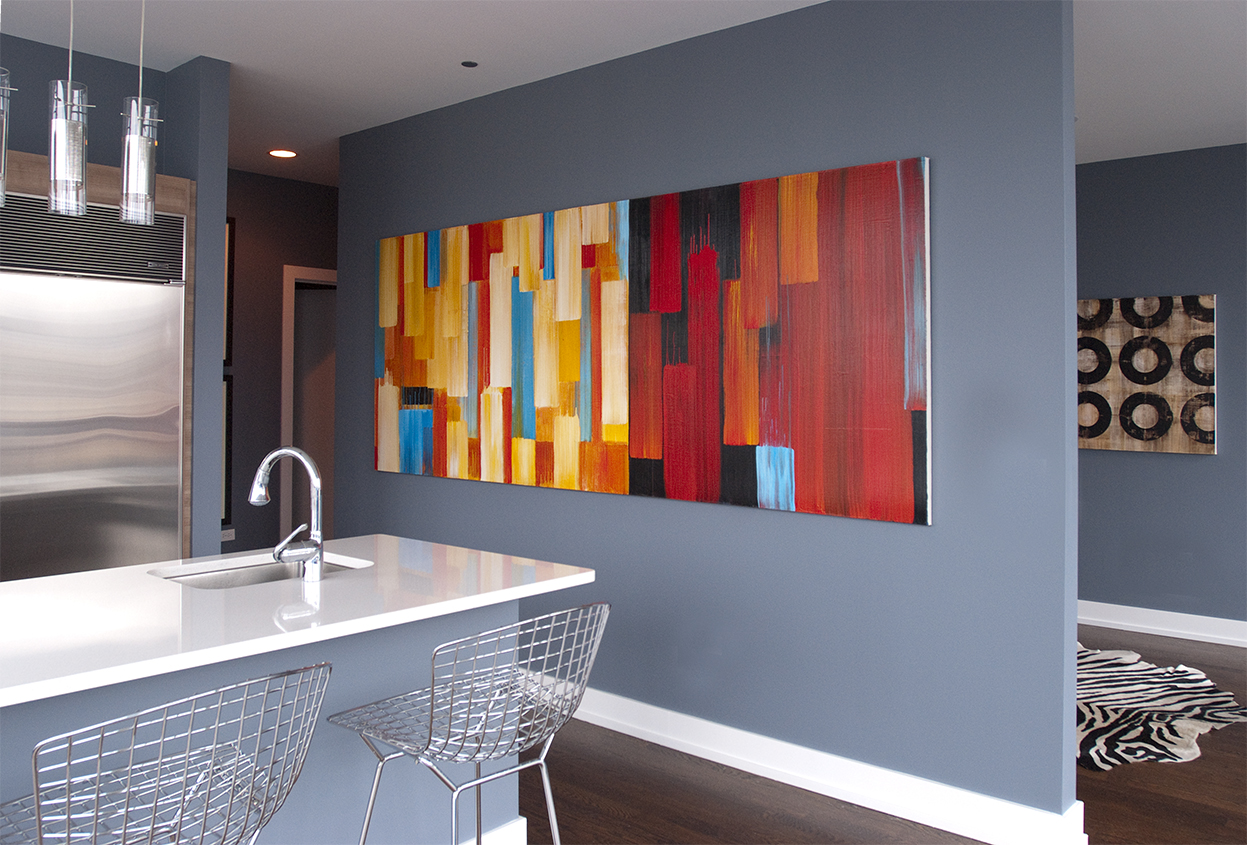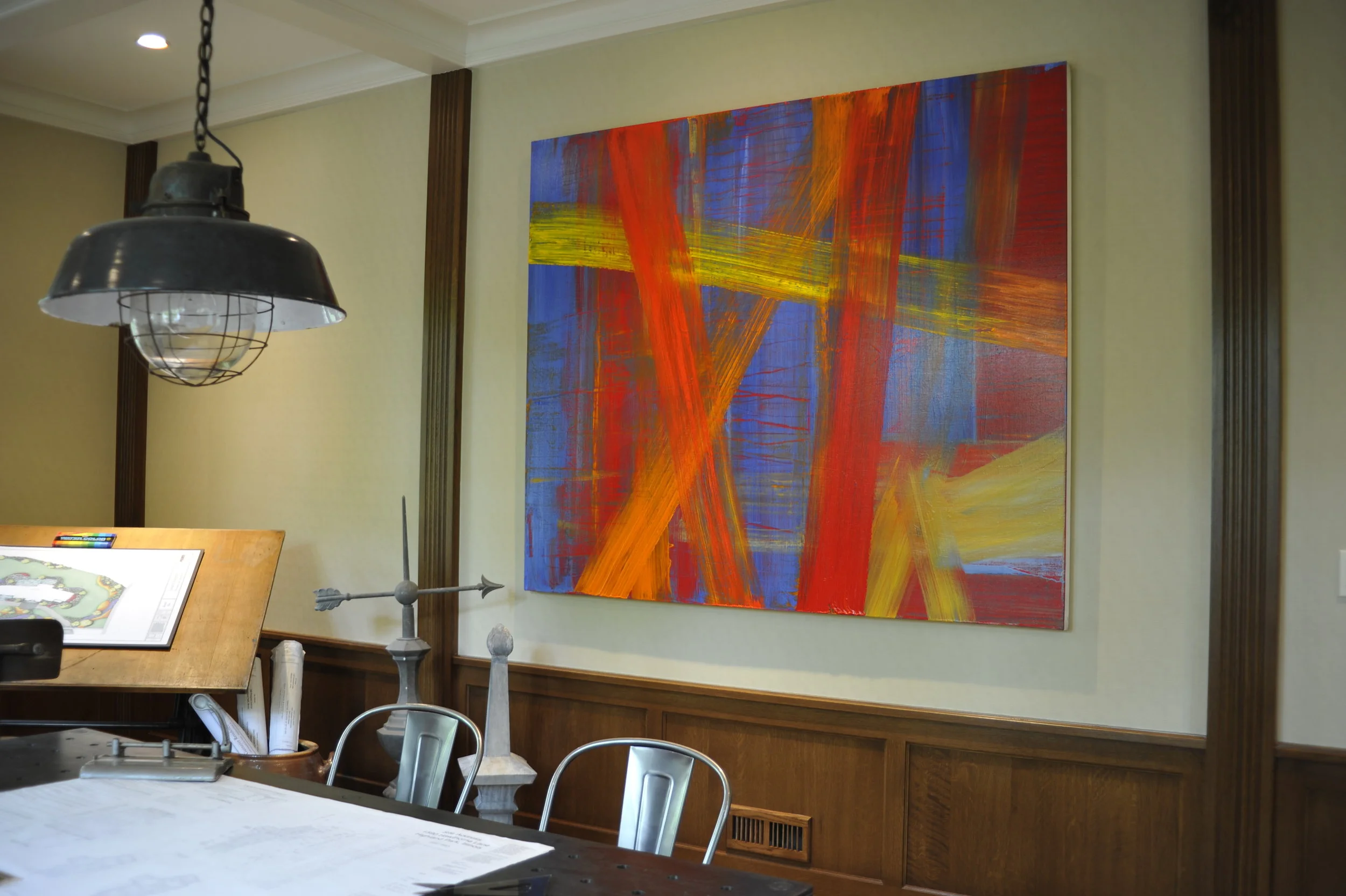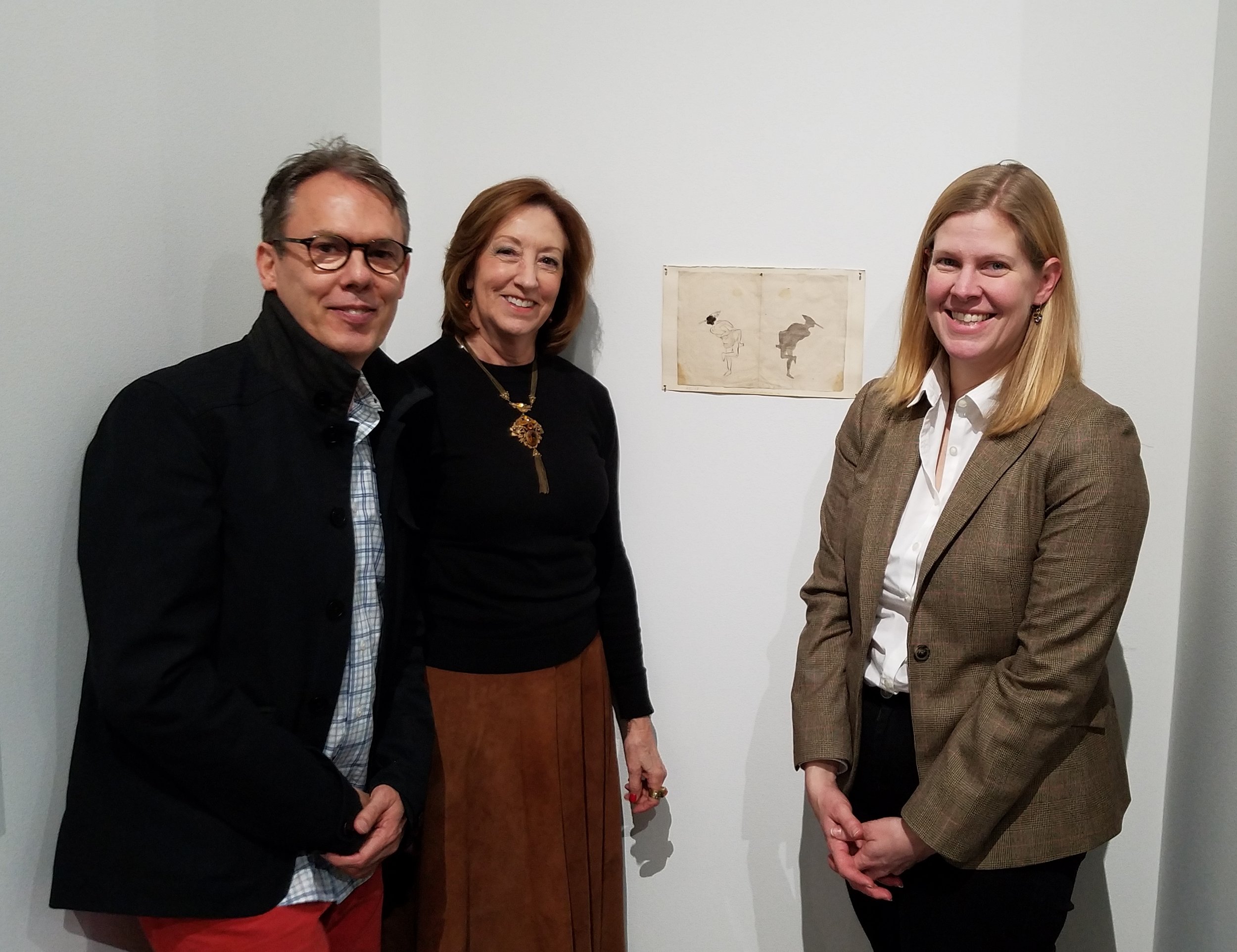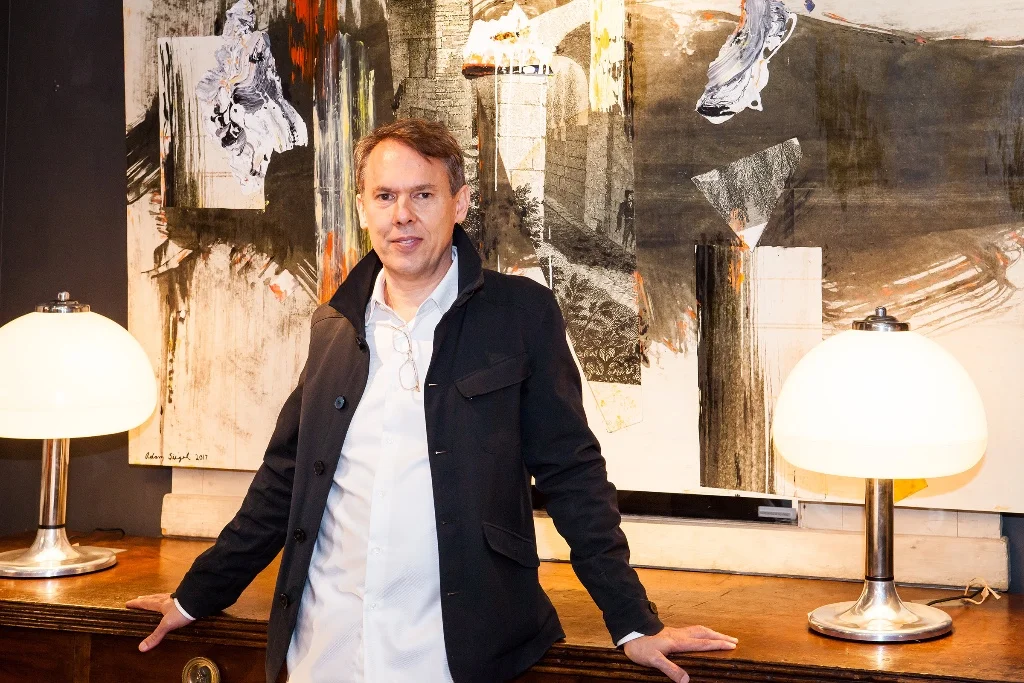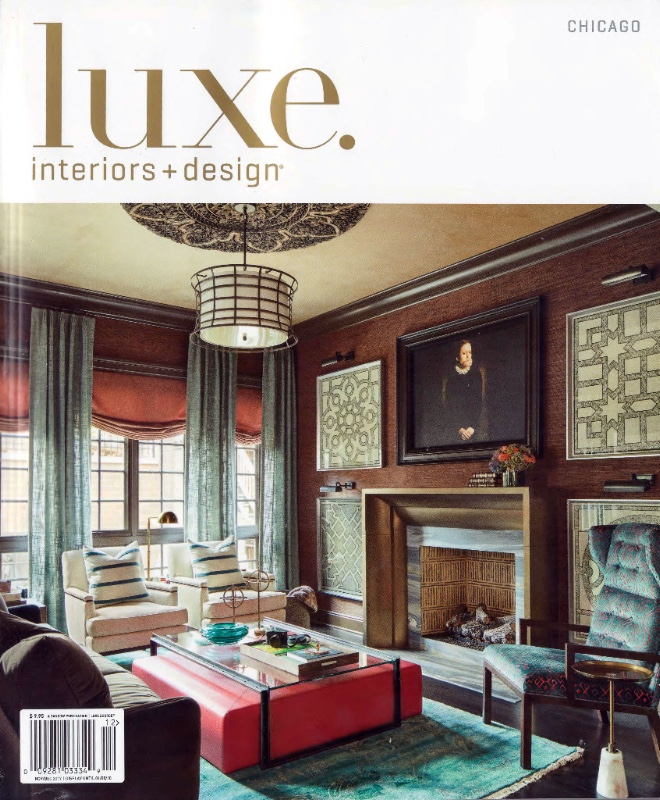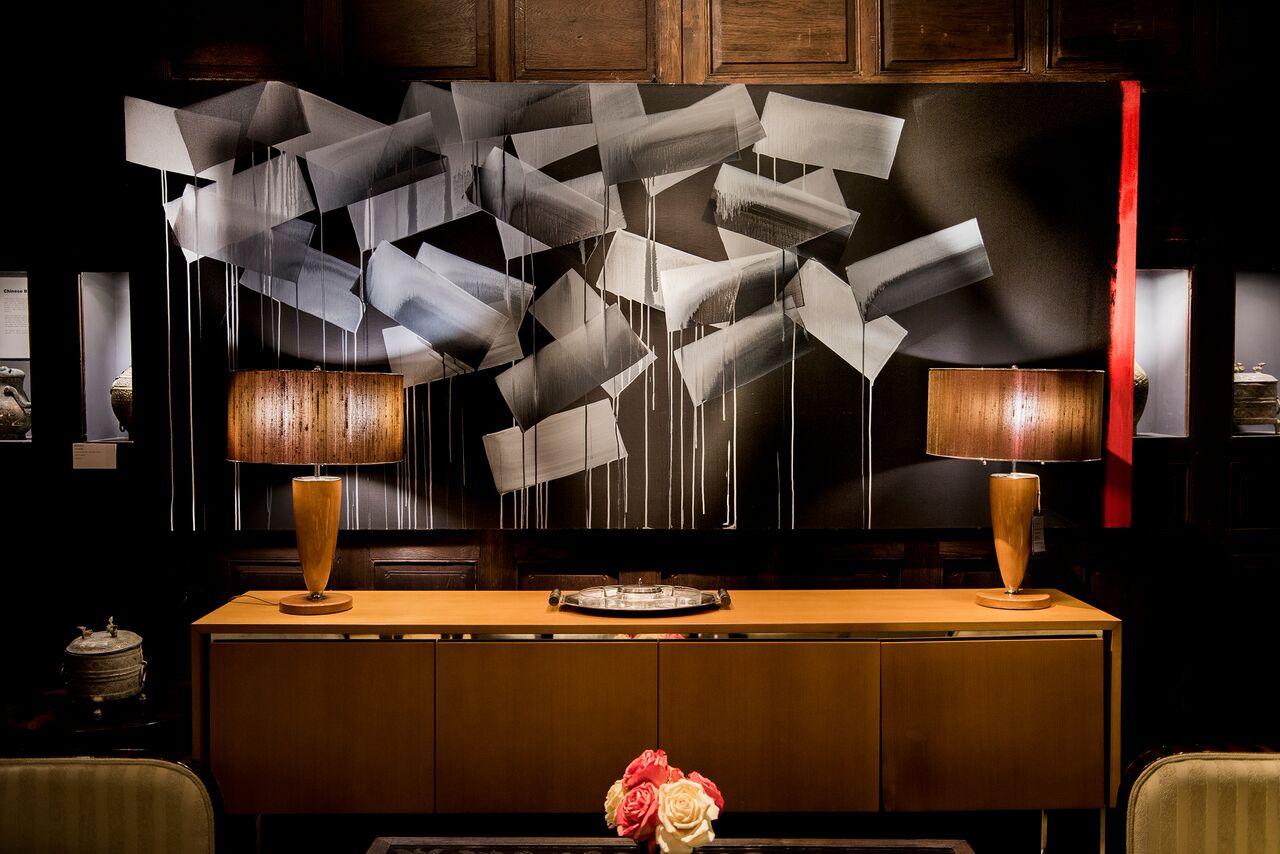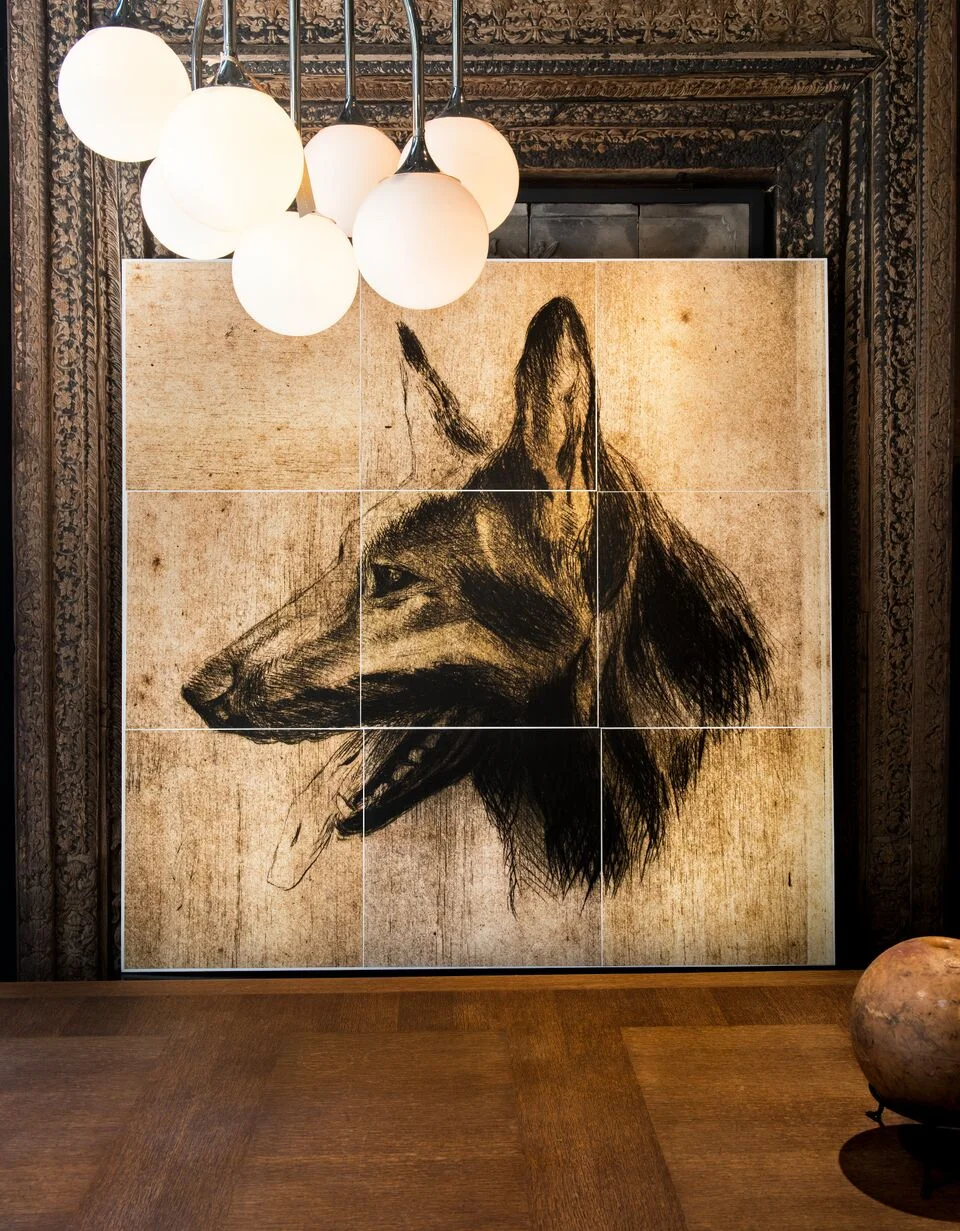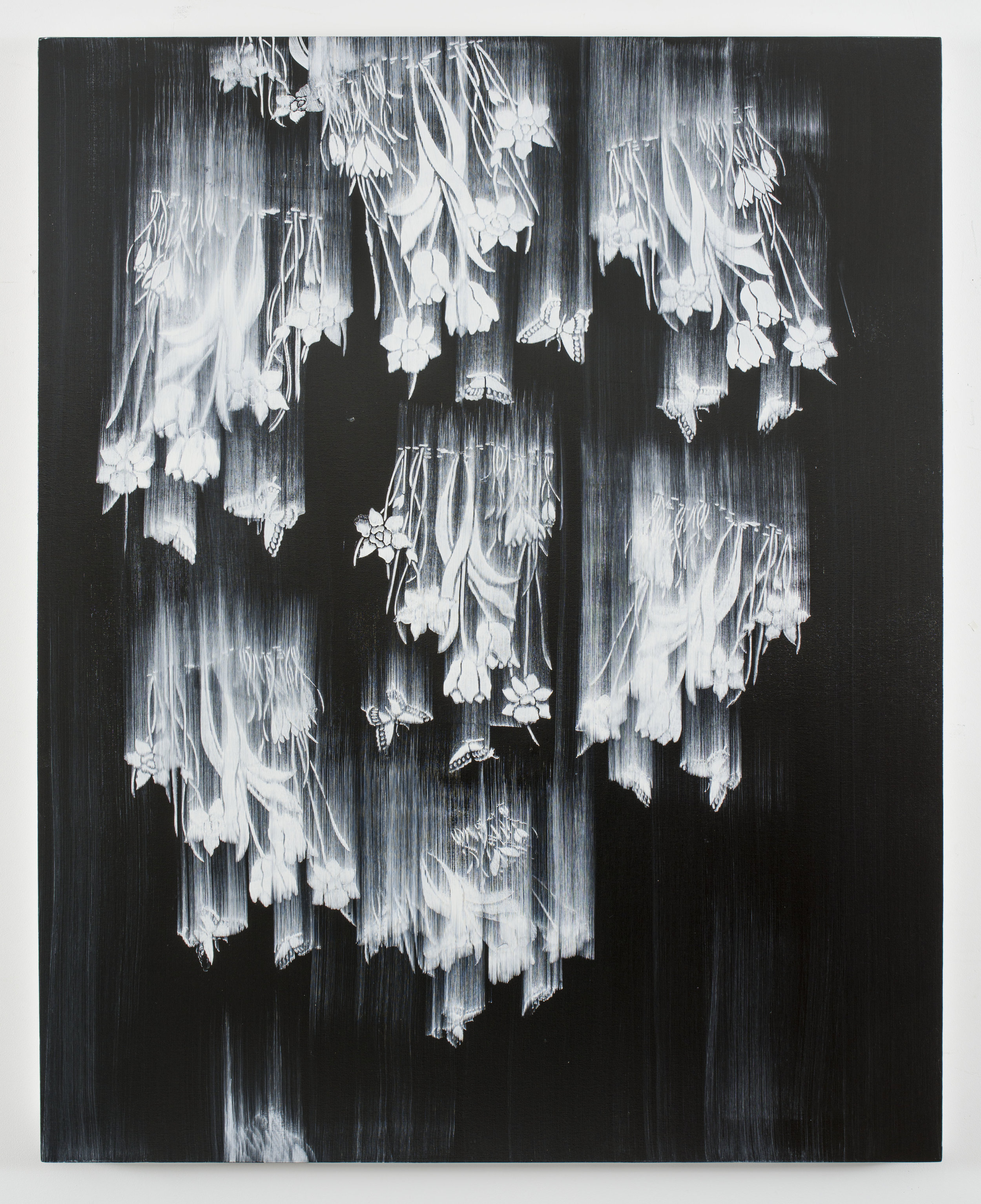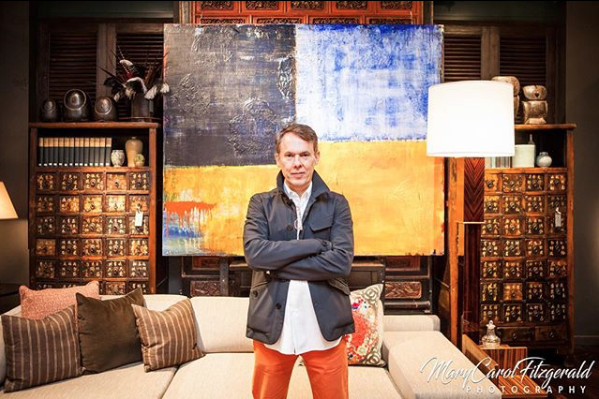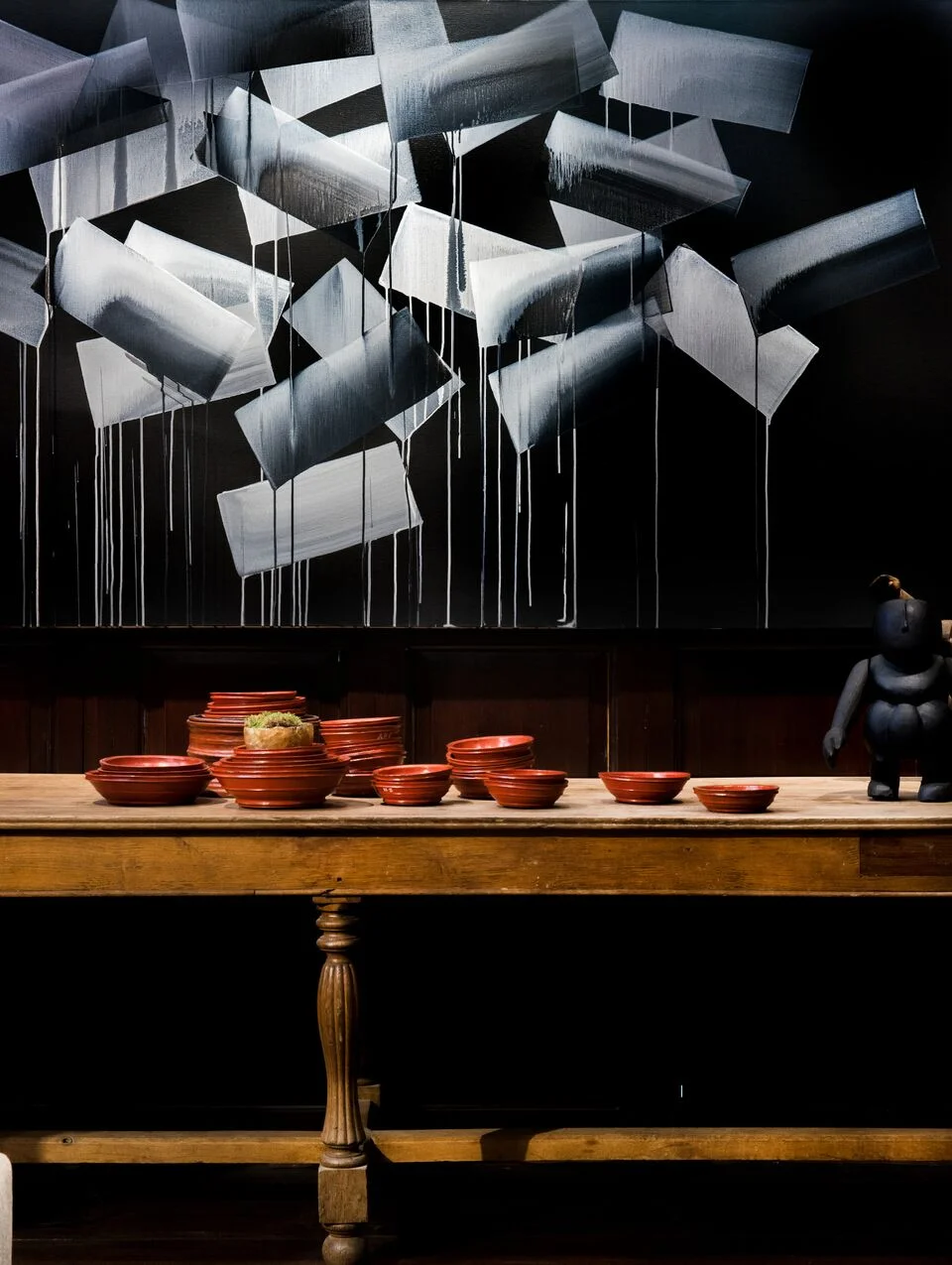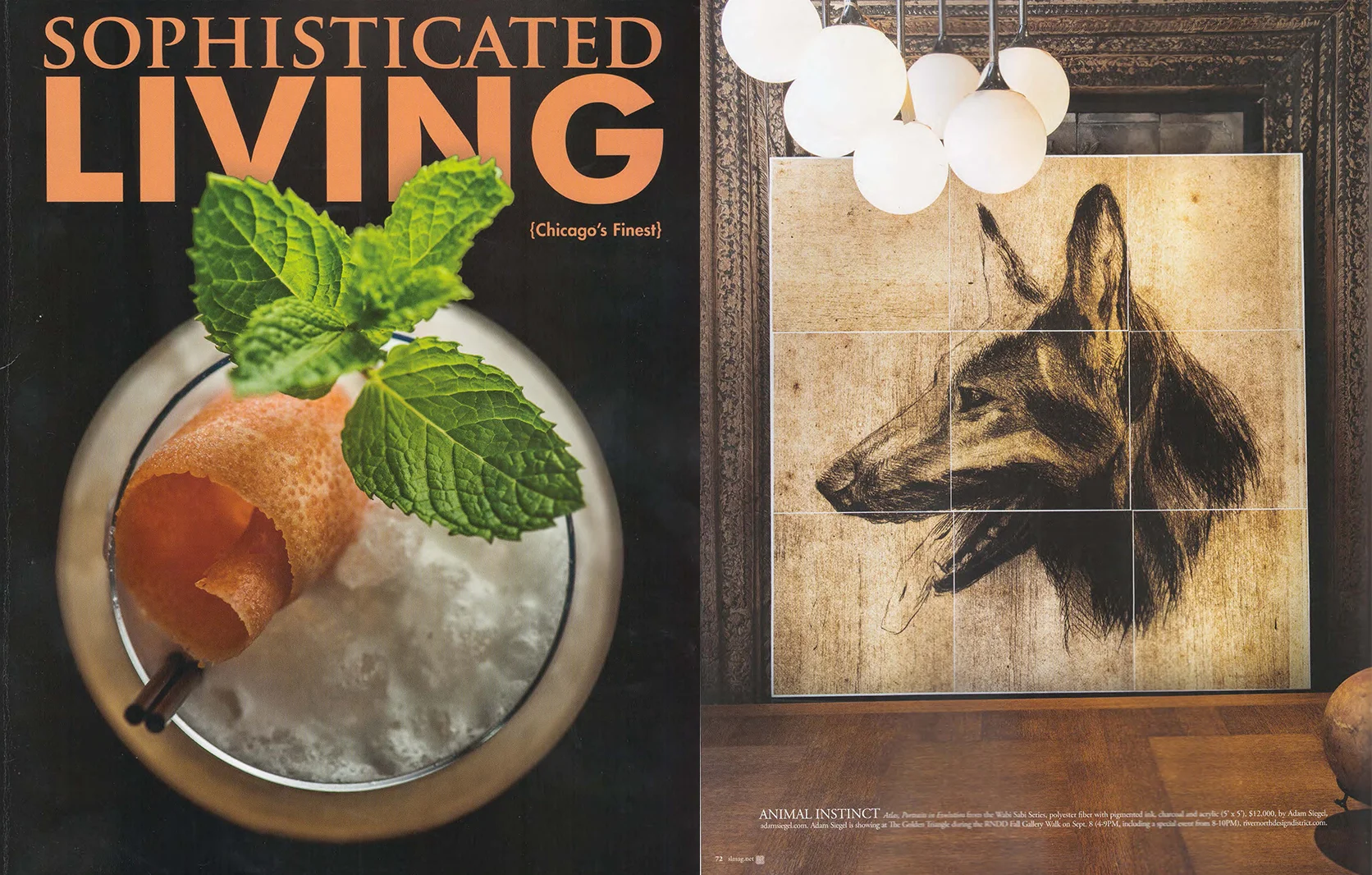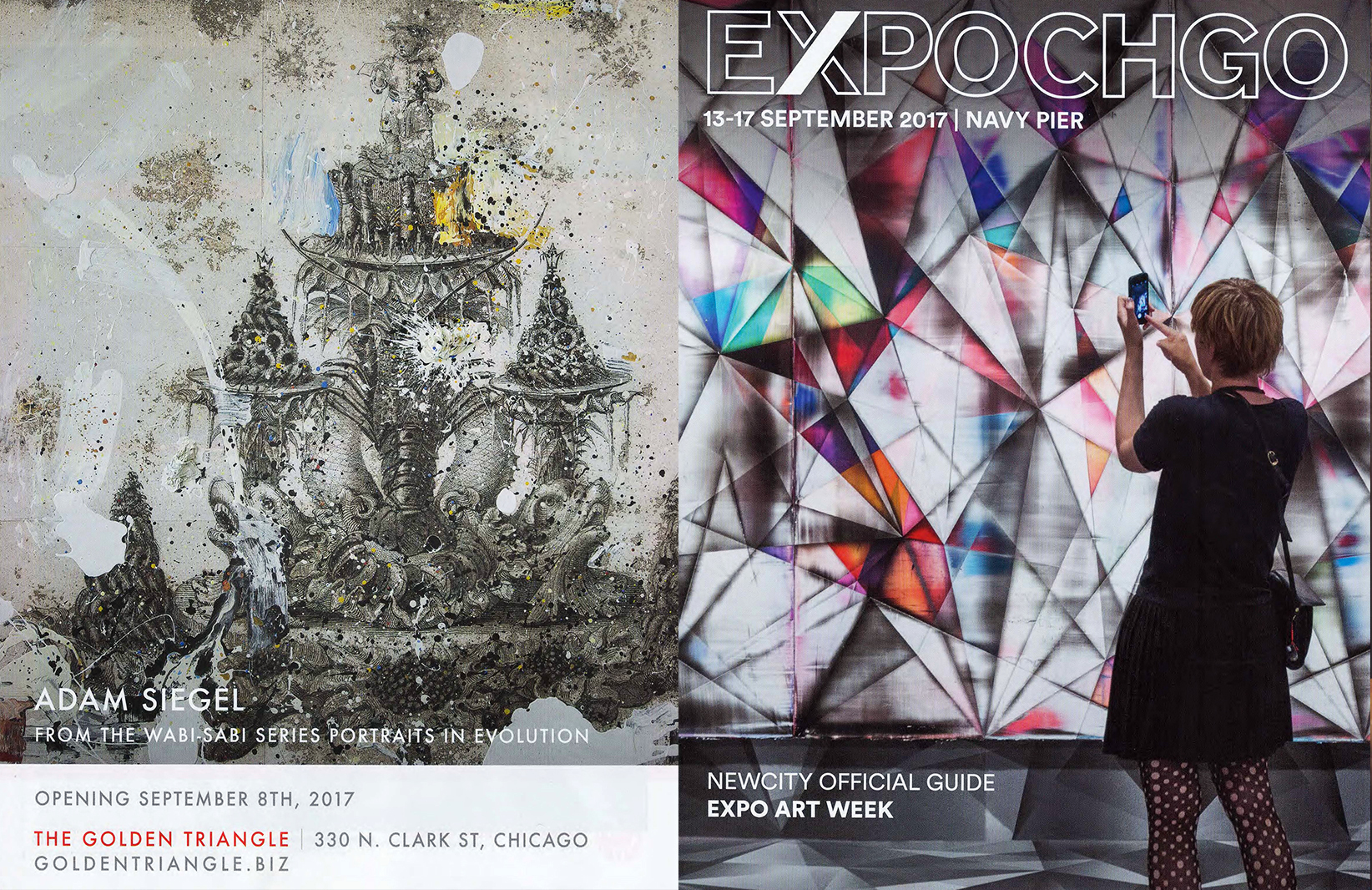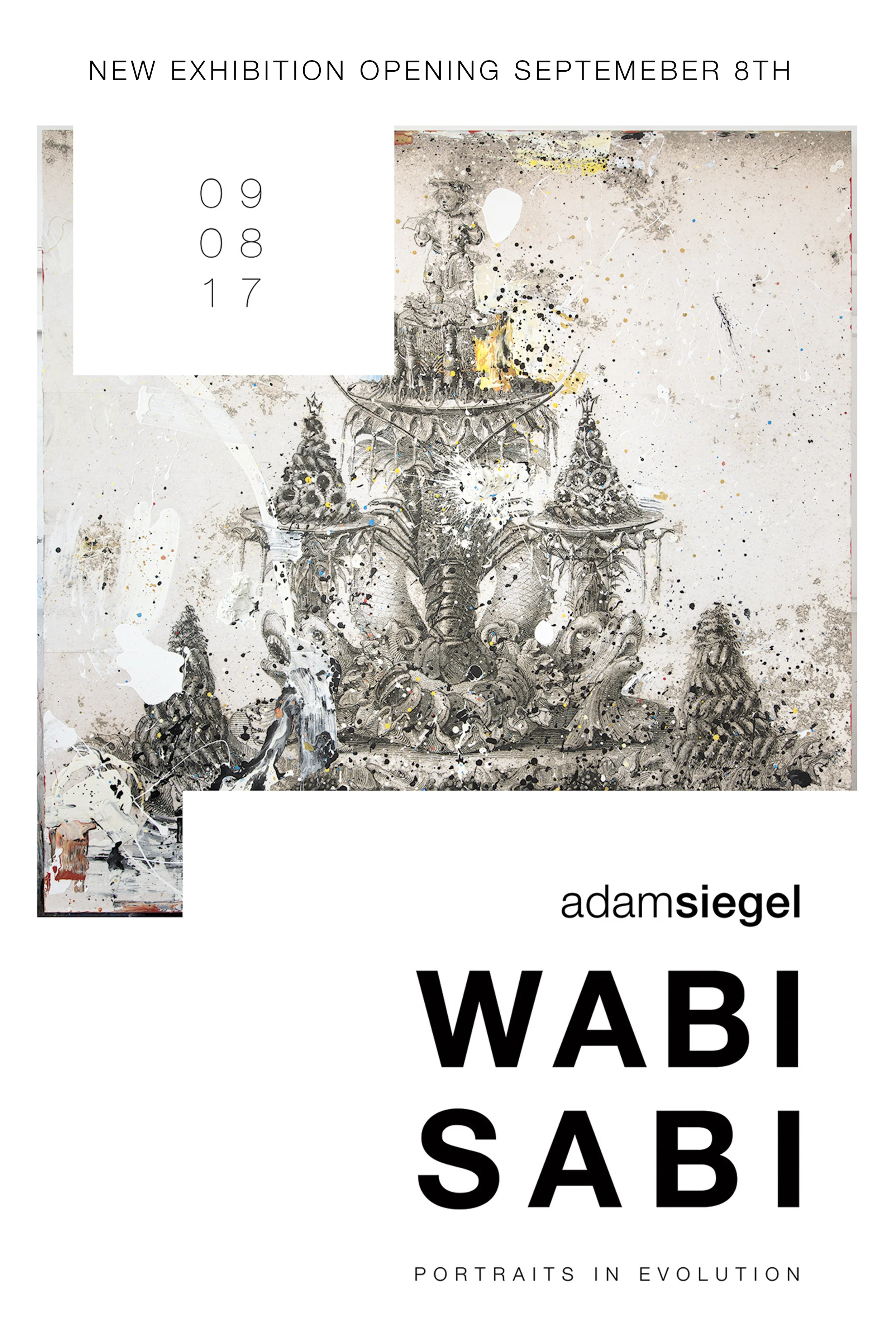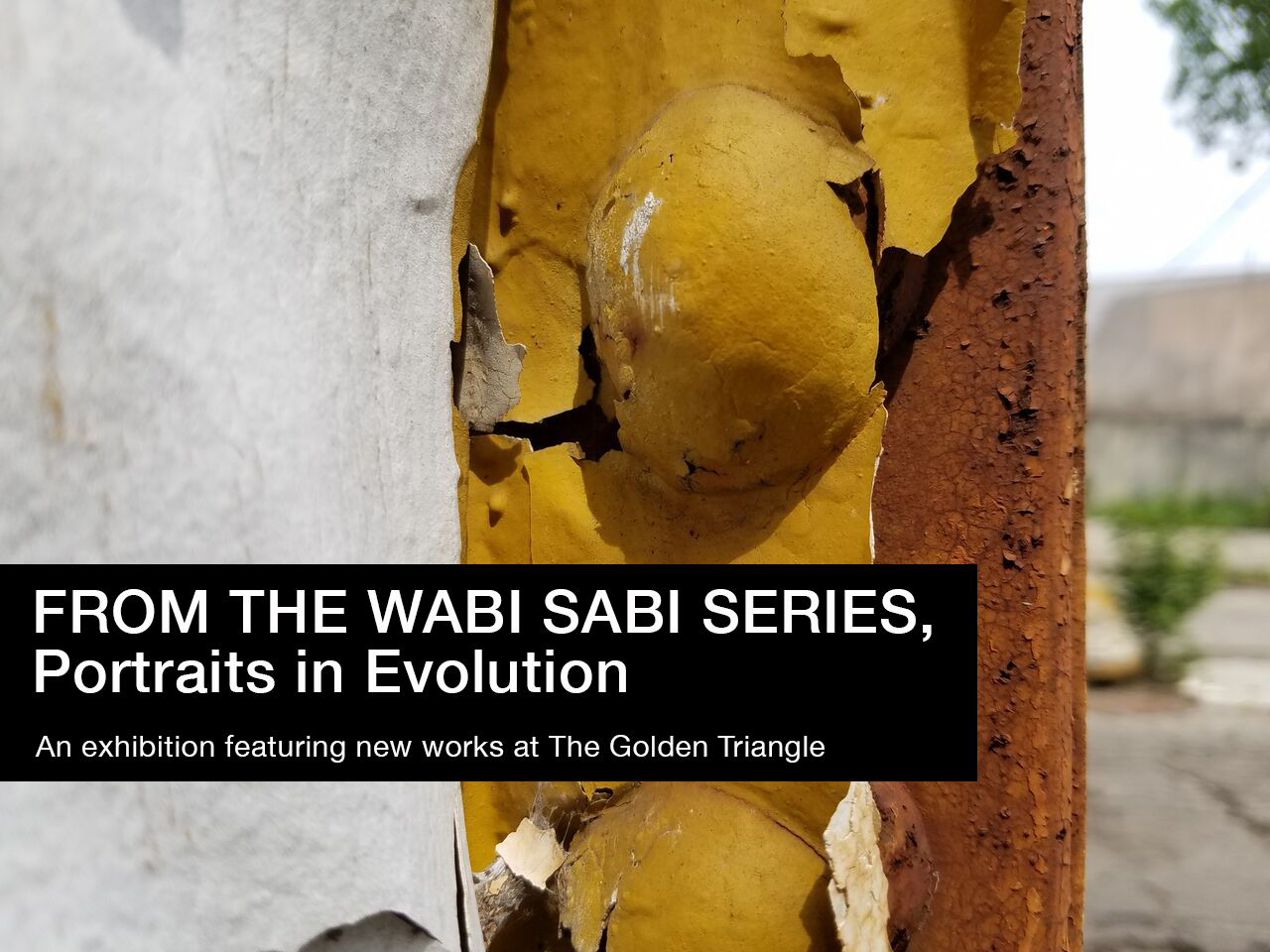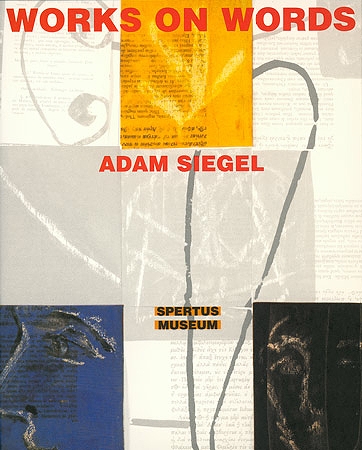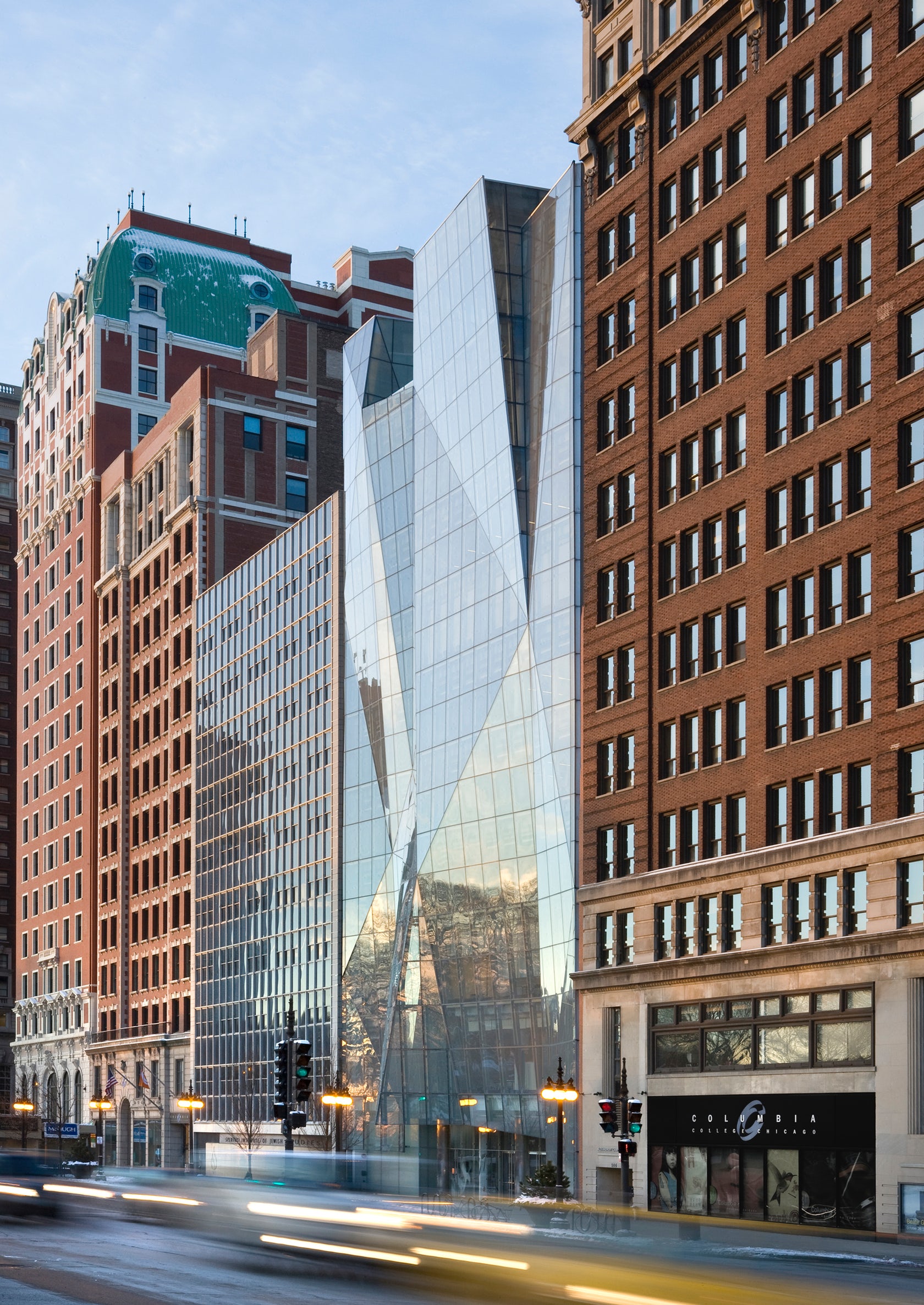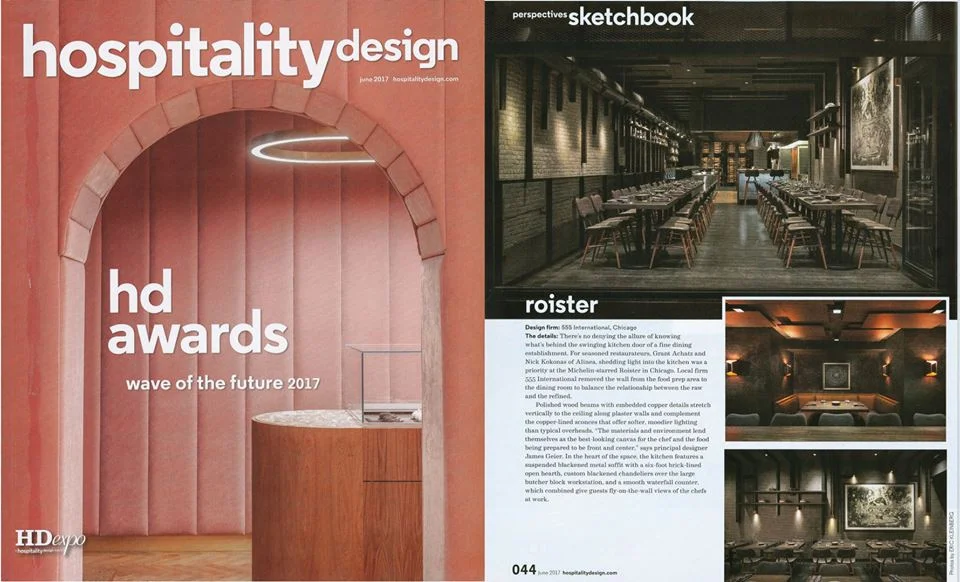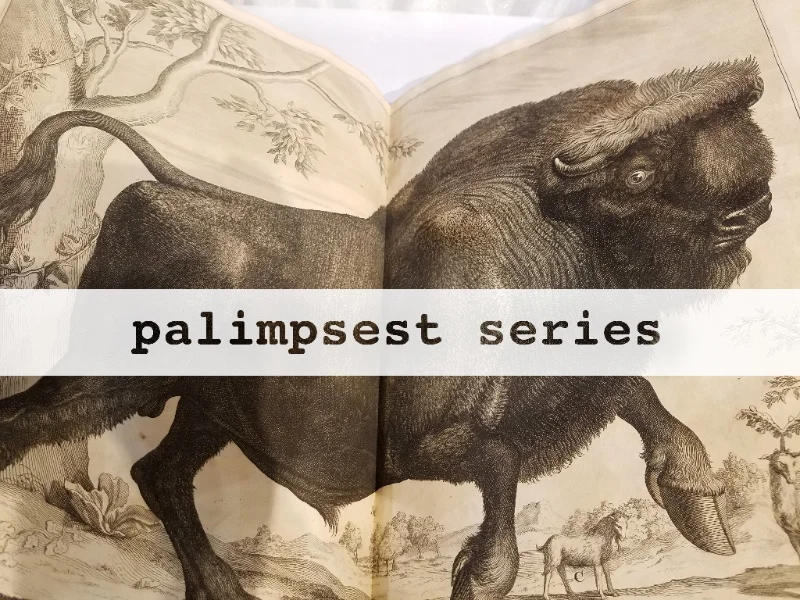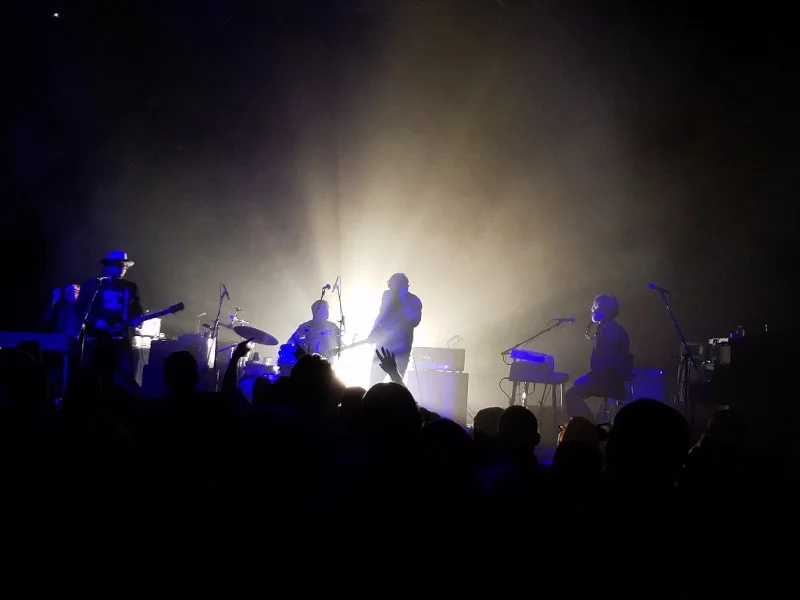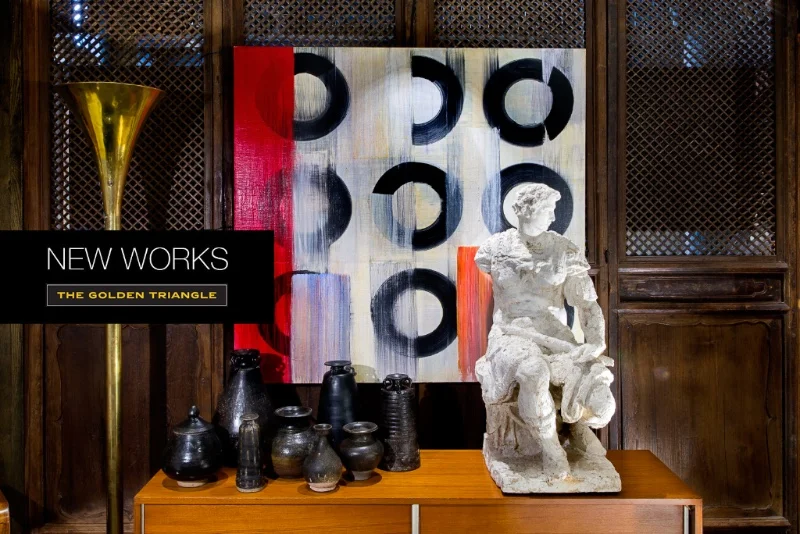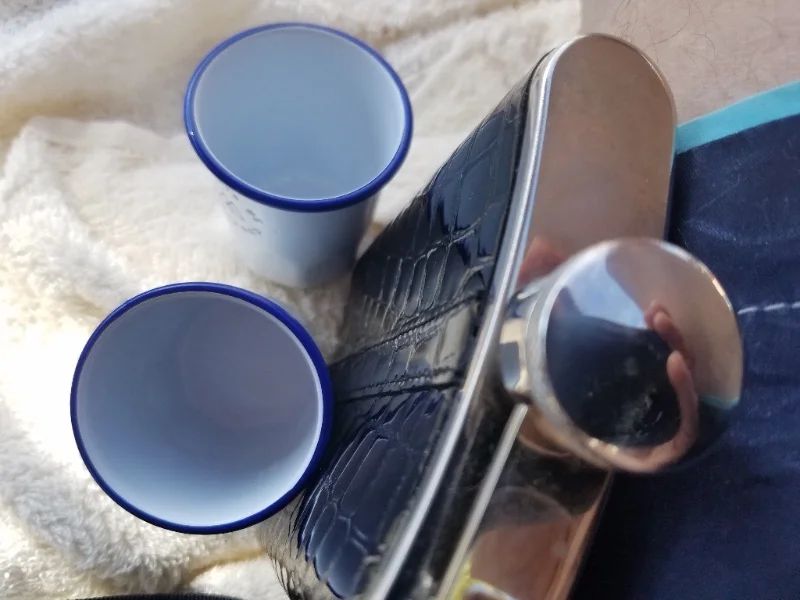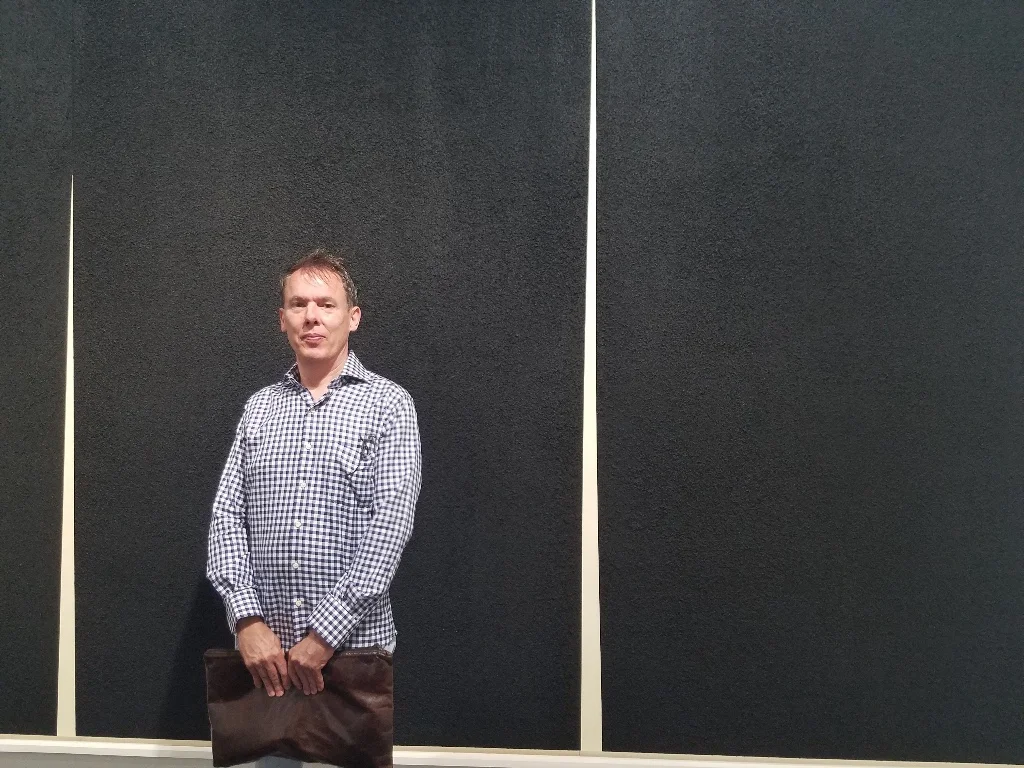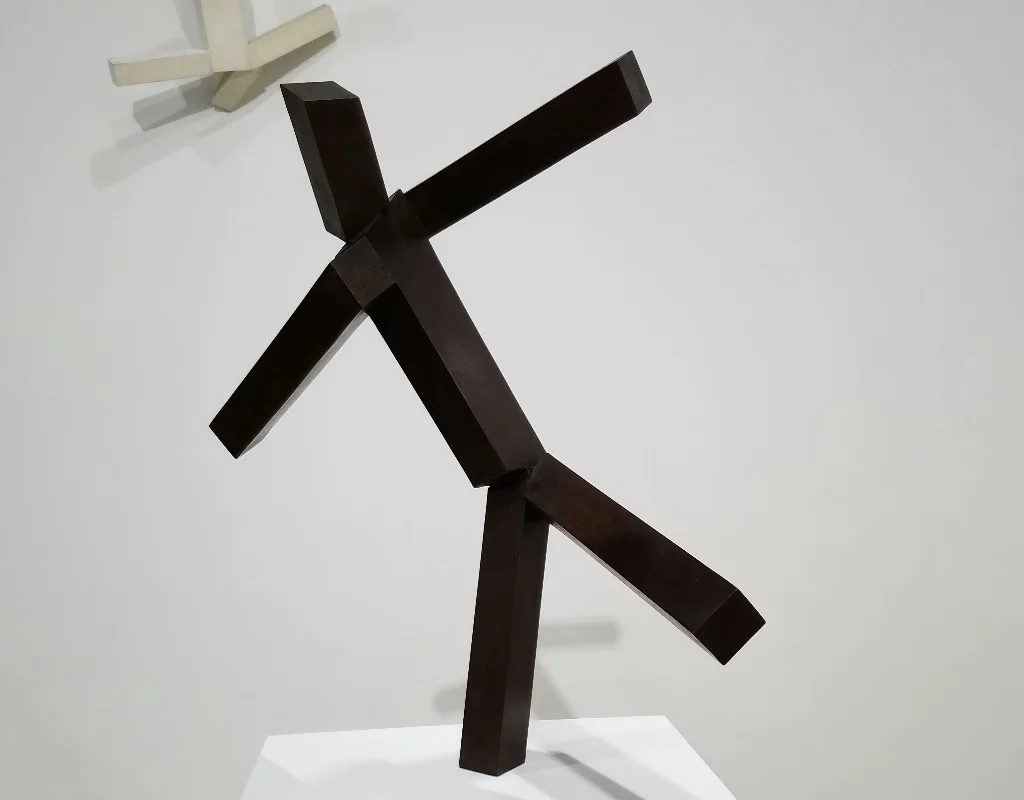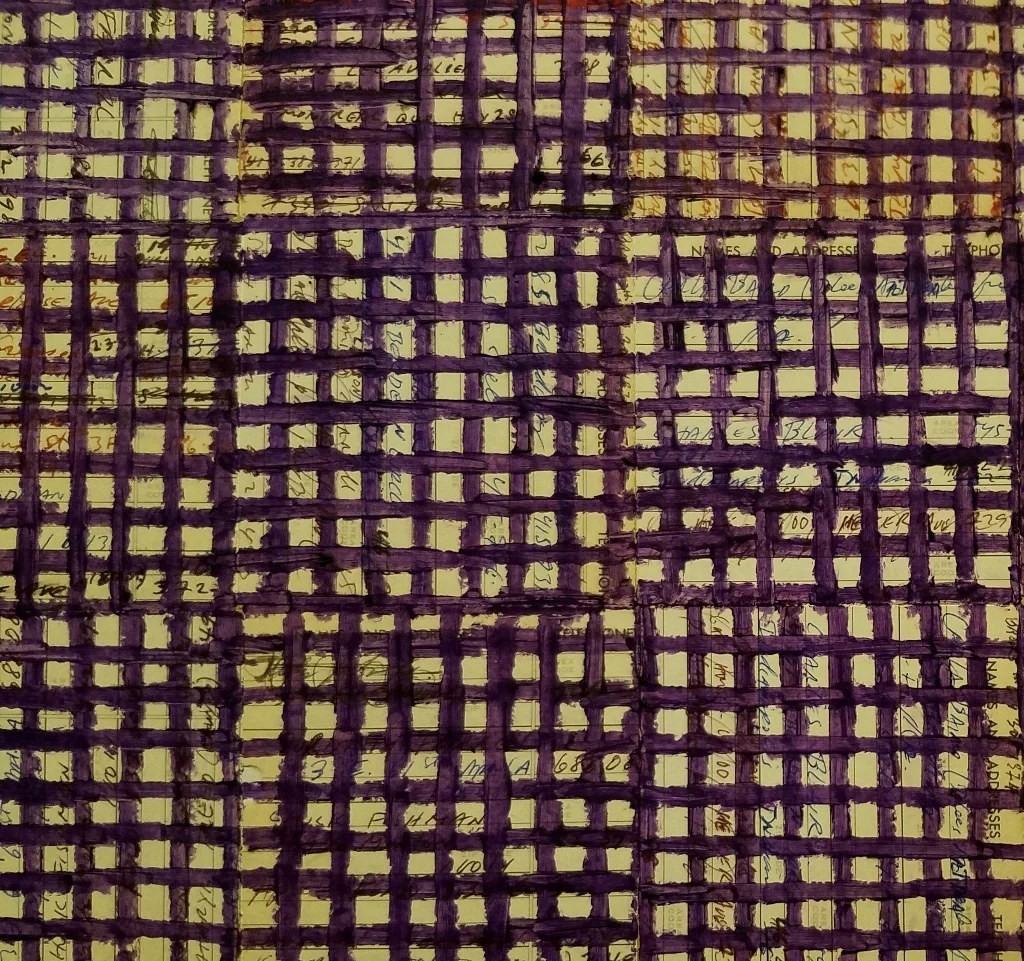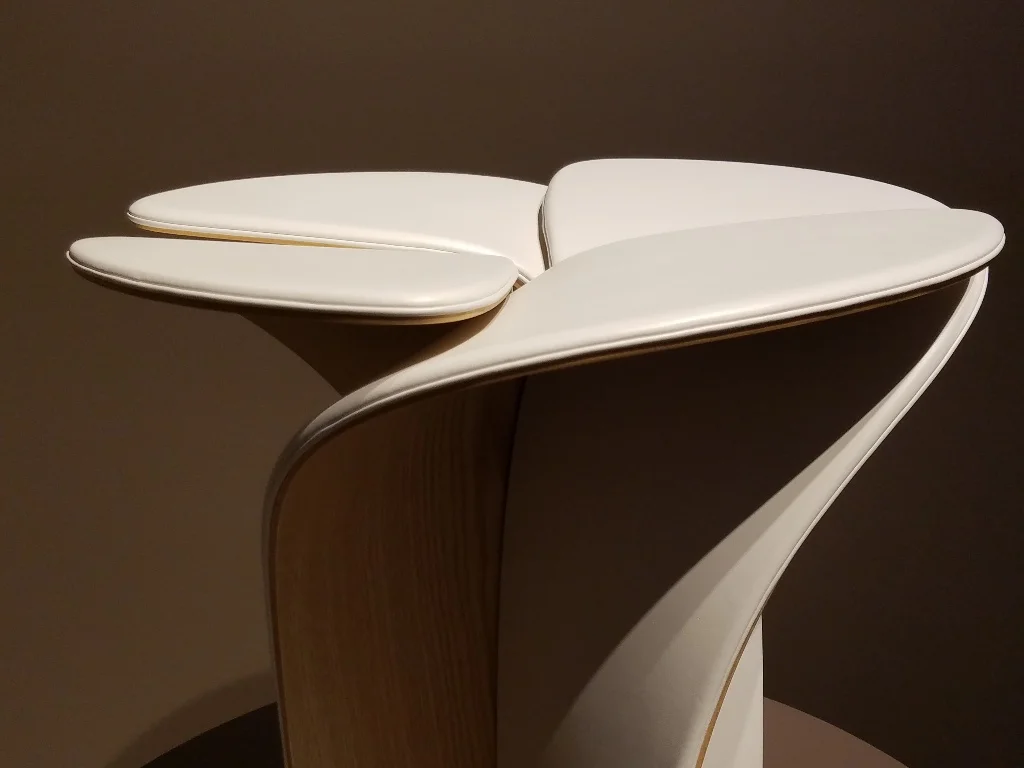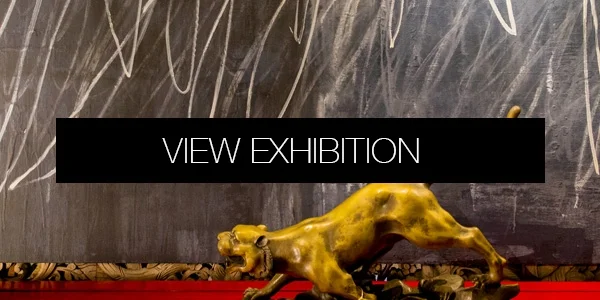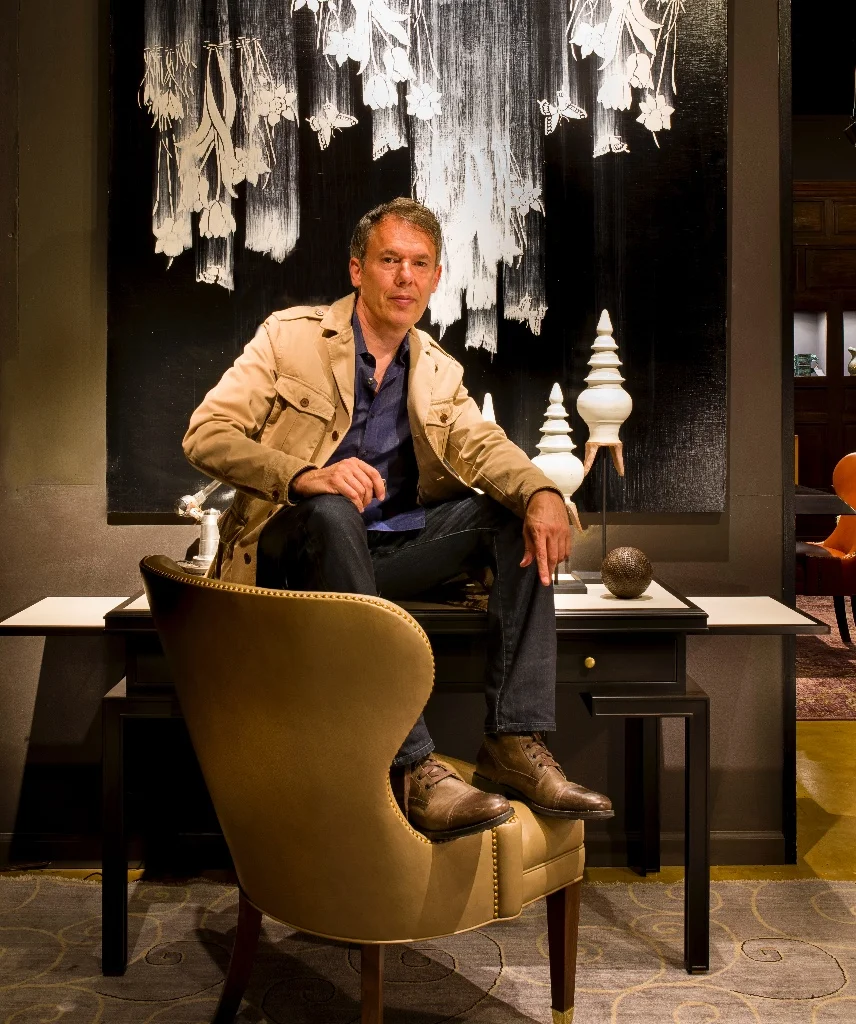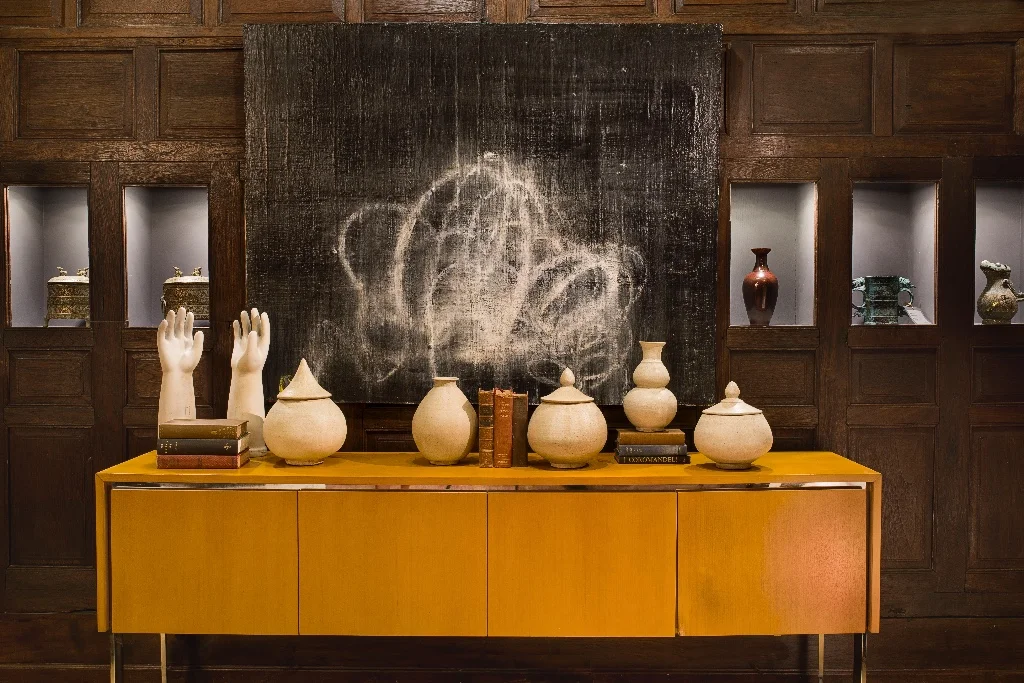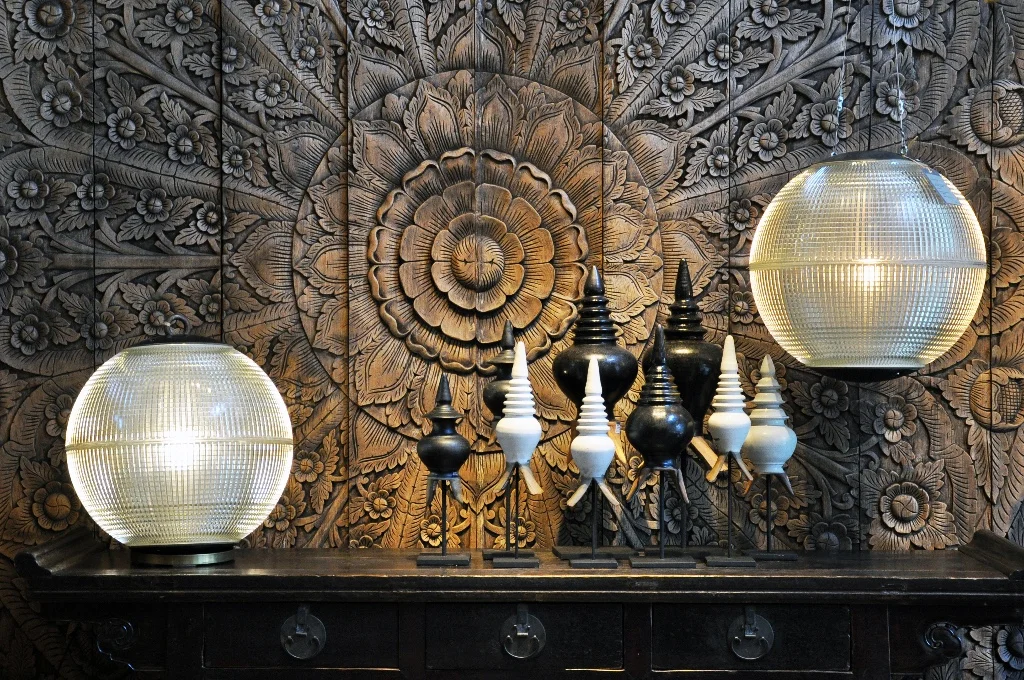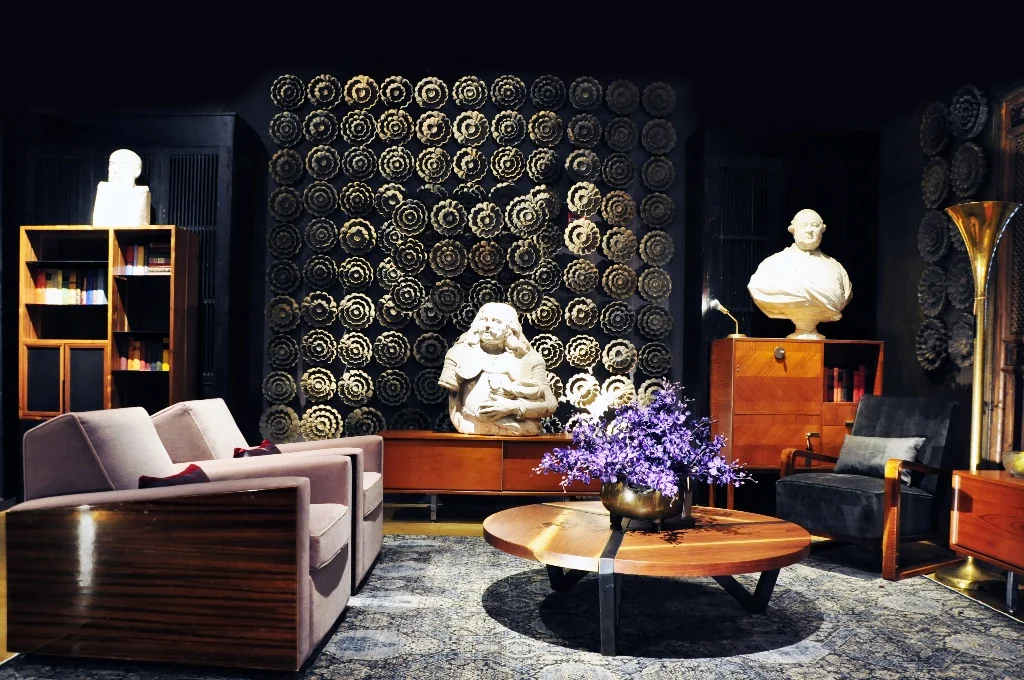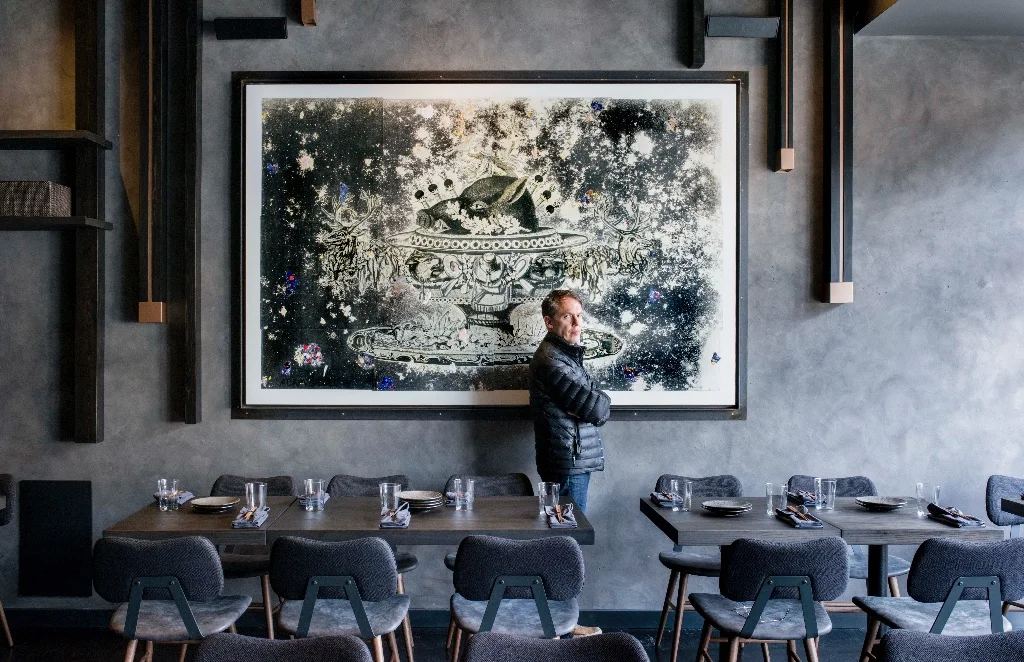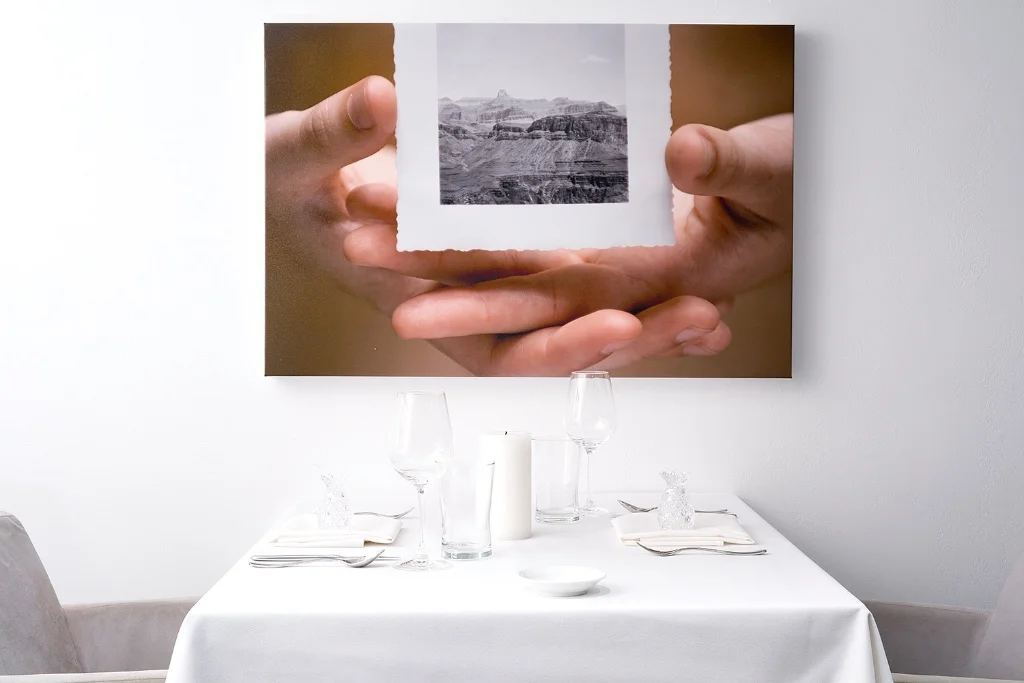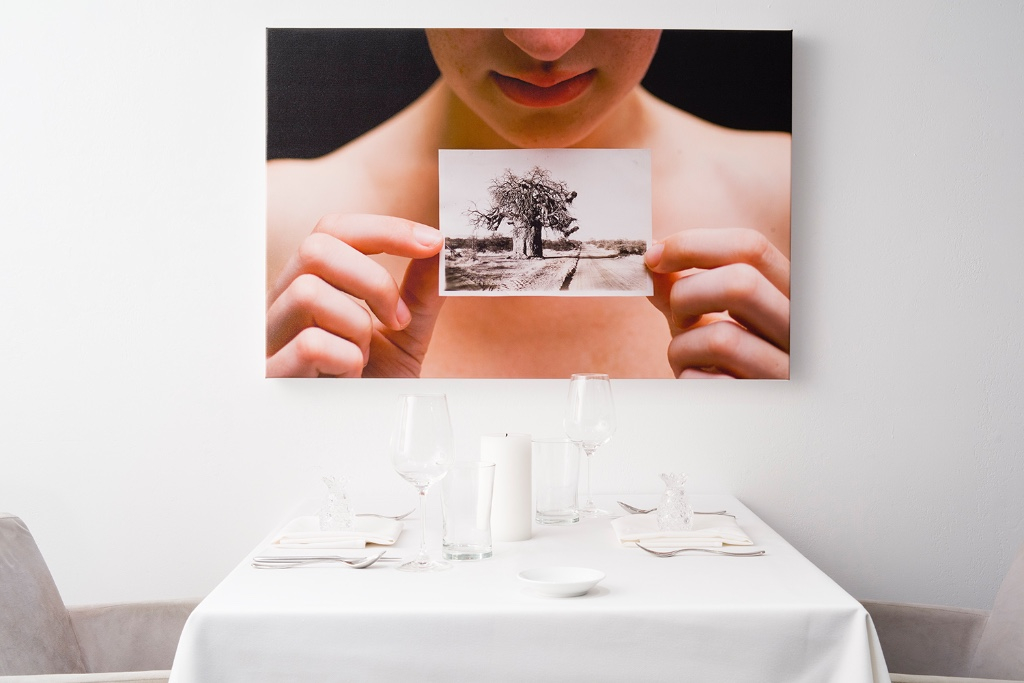CGN/Ginny: So how did this partnership come to be? Adam, I see so many of your new works installed throughout the Golden Triangle. There must be 30.
Adam Siegel: Doug Van Tress and I have been kind of watching each other – culturally – from a distance for a while. Jill Maremont, who is the founder of the River North Design District, launched this idea of embedding artists into the design district with an annual Gallery Walk event. She suggested a partnership for me with Doug and The Golden Triangle and said that I should first bring a few paintings over to show Doug. And I’m like, ‘That sounds incredible.’
I don’t do anything in a small way, and I’ve never really had to work in an environment where someone told me I couldn’t do something. When someone gives me an opportunity I just go at it, 100%. I showed up at Doug’s in 2016 with a semi-truck, initially with 26 paintings, I was supposed to have six, and they were just supposed to be kind of leaning, for instance, in the foyer. It was all going to be smaller and no one was going to have to move anything. That is what they anticipated.
CGN: But you thought, ‘I know Doug has this huge space with all these rooms.’ Adam: Right! And he has no clue that I’m just thinking, ‘This is amazing.’
Doug Van Tress: Adam came with some very big paintings.
Adam: But Doug just said, ‘I like it.’ And I told them there were a lot more. Next, Chauwarin Tuntisak, Doug’s partner here [at Golden Triangle], says, ‘Okay, bring another.’ Finally, after five works, he just said, ‘Okay Adam, just empty the truck. I’m not going to look. I’m going to walk away and just do it.’ So, for our first show I ended up bringing another four or five paintings in, and it was kind of by the seat of our pants. That night we almost sold out the show.
CGN: So, now you’re into your second year of partnership.
Adam: Yes, this show ends in March 2018. When we started this exhibition, just knowing that I was going to show here again allowed me to start developing the Wabi Sabi Series, which is a series that takes an enormous amount of time to put together and develop. They’re designed to look like they just kind of floated together somehow, but the background that nobody will ever know is that I spent years in my studio investigating materials and technologies to marry this kind of historical and modern sensibility. This happens to be one of the elements that makes this work so compelling in setting for me. You can walk in and see a 200 year-old mask, or a 18th century European lamp, and then my contemporary paintings; it’s the classical and contemporary fused together and, ironically, that’s what’s happening in my studio.
This partnership has afforded me this ambitious vision to come in here and take control. Once again, I came in and Doug and Chauwarin said, ‘Okay, Adam, let it happen.’
Doug: We definitely don’t just lie on our backs here. We seek things out for the space. We travel the world seeking beauty and see a lot of amazing art but we just really relate to Adam’s work.
Adam: There’s a conversation. I sat down with them and I said, “You know, I think what makes this potentially compelling to the world is that we’re so used to having these platforms for what a gallery showing is. You walk in, you look at the four walls, you see the paintings, you get a reading of that, and that’s your experience. We tend to associate the art now with that measure of experience. That’s the archetype of how we see art in the city.
Doug: And there may be a statement from the artist or gallerist, who tries to fluff up what you’re looking at.
Adam: Right, which usually takes longer than looking at the art.
Doug: Don’t get the wrong idea, but it’s lame.
Adam: You go to museums and people are just reading everything. I grew up in Chicago when the Museum of Contemporary Art was first a very adventurous institution. One of their original shows was called the Paper Show, you’d walk into the institution and everybody wore paper slippers, there were glass hallways, you’d walk above things, things were made out of paper. This city and its perspective of art is very organic, and my feeling was that to bring my paintings in context to a space like this, they have to have sympathetic motifs and origins in terms of using this very contemporary perspective. The understanding is historical, but there’s more relevancy for work that can actually walk both lines at the same time.
Doug: We do have a description posted of the Wabi Sabi series that Adam has produced, so we have word power here too, but mainly the space is the catalogue - you’re walking through it.
Adam: Right, it’s an experience.
Doug: Each room was transformed by a painting.
